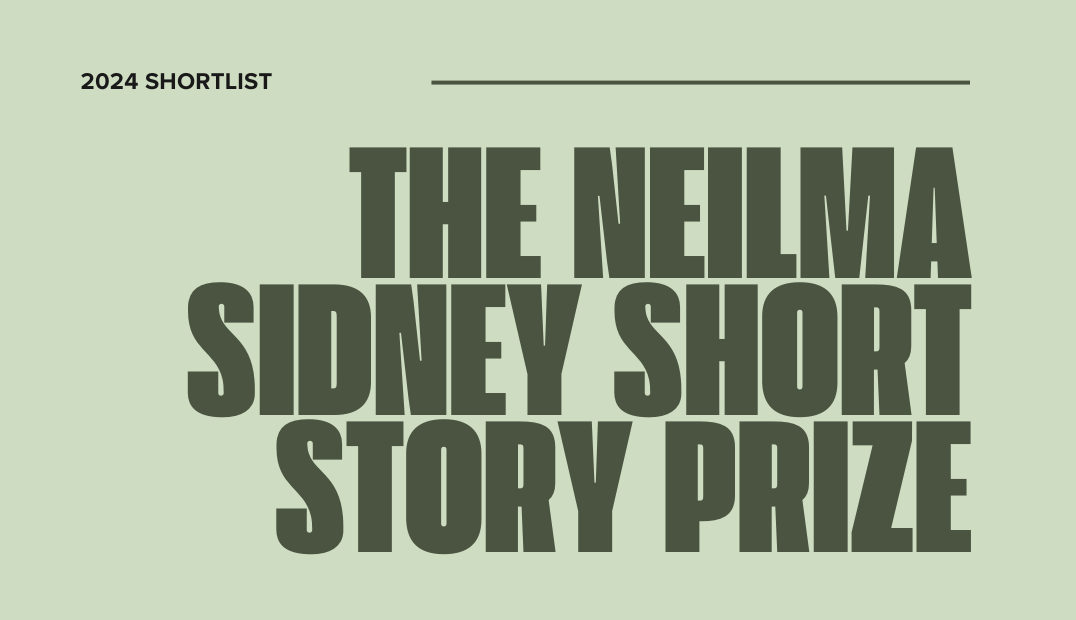Recently, I was reading an account of the Lindsays, the great artistic and literary dynasty. It showed photos of them at their family home performing tableaus. The tableau — or, more strictly, the ‘tableau vivant’ — was a popular nineteenth century entertainment, in which actors dressed up as historical or mythological costume and then arranged themselves in motionless poses that suggested their characters’ narrative. The form enjoyed a certain revival as pornography (or, at least, erotic entertainment) since the censors banned nudity on stage only if there was movement involved — if a naked woman stood in a tableau, it was art, not smut.
Anyway, it suddenly struck me that the tableau persists in film posters. That is, your average film billboard consists not of a scene from the movie nor of an abstract image suggestive of its themes but of the characters arranged in a static display meant to indicate something about the role each plays in the narrative. Here’s a classic example.
It’s not an image you ever see in the film: it’s a tableau in which the pose of each character tells you their narrative function. Here’s a more recent instance.
 |
Now, it’s not a movie I can claim to have seen but one guesses it’s not about Matthew McConaughey’s inability to walk. Again, the pose is a kind of static narrative: a classic tableau. But it’s not just about narrative. Presumably, in the film, Sarah Jessica Parker wants McConaughey to leave home or grow up or something; one further presumes that she’s frustrated about his unwillingness to do so. Yet, rather than depicting her looking frustrated, the poster has her grinning inanely, even though the expression makes no narrative sense. Why? The tableau also indicates the genre. It’s a romantic comedy, and Parker’s expression is thus not that of her character but rather of the implied audience. The suggestion is not that Parker finds McConaughey’s failure to launch side-splittingly funny but that you will.
So why does this largely forgotten form linger in film posters and nowhere much else? You don’t see similar images on books, for instance — or, rather, if you do, it’s only on the trashiest of trashy novels. Why are we so comfortable with it in film and not anywhere else?






